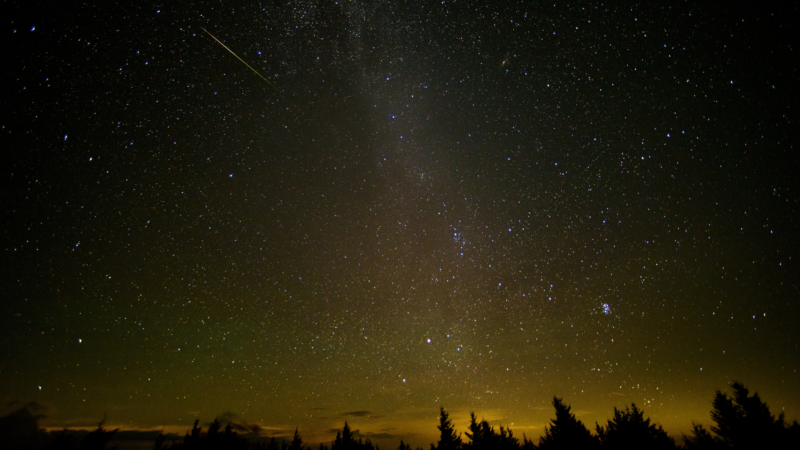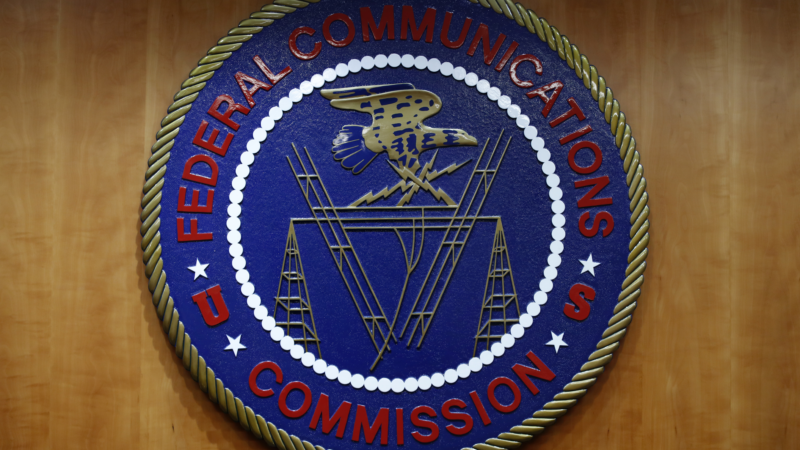Look up! Here’s what’s to watch for in space in 2025
After a spectacular 2024, which featured a year of wonder in the skies, including a total solar eclipse and rare sightings of the northern lights, 2025 is set to bring even more astronomical events.
The year is expected to kick off with a meteor shower and forecast for the potential aurora in the Northern Hemisphere.
Here are some notable celestial events in the cosmos and space missions to look forward to in 2025.
More auroras, supermoons and a lunar eclipse
The year is off to a bright start with meteor showers beginning with the Quadrantids, which will peak in the early morning hours on Jan. 3, 2025, according to NASA.
On Jan. 13, the moon will look as if it is passing in front of Mars, visible to those in the U.S. and eastern parts of Canada, according to the agency. Throughout January, Venus, Mars, Jupiter and Saturn will be seen shining brightly in the sky a few hours after sunset, an occurrence that NASA says does not happen often.
And because the sun’s current solar cycle has reached its peak and produced major solar storms, many Americans were treated to a cosmic display of northern lights in 2024. This phenomenon is expected to continue into 2025, scientists say, with chances of seeing an aurora coming sooner than you may think.

A geomagnetic storm stemming from a coronal mass ejection from the sun’s outer atmosphere has been impacting the Northern Hemisphere and another storm could give people in northern states a colorful view on New Year’s night.
“Though, the peak in solar activity was 2024, we are just entering the declining phase of Solar Cycle 25, which will continue to decline through the end of this decade. While activity will be declining, this phase of the sun’s cycle is known for producing some spectacular solar storms,” Lisa Upton, lead scientist at the Southwest Research Institute in Boulder, Colo., tells NPR. Upton is also co-chair of NOAA and NASA’s Solar Cycle 25 Prediction Panel.
According to NASA, a total lunar eclipse will occur on March 14, 2025, and depending on the weather, it will be visible from the U.S. Another one will occur on Sept. 7, but it will not be visible from the U.S.
And, if you’re expecting a total solar eclipse like the one in April 2024, don’t get your hopes up because the next one visible from the U.S. will occur in August 2044. However, a partial solar eclipse will be visible in parts of North America on March 29, 2025.
Additionally, there will be three supermoons in a row starting in October. The moon is considered “super” when it is full and its orbit is at the closest point to Earth, according to NASA — though the term “supermoon” is not official. Its occurrence can cause tides to be higher than normal, the agency says.
There will be several meteor showers in 2025, with a better chance to witness the Geminids — one of the brightest meteor showers of the year — after a bright moon hindered views in 2024.
A full moon will occur on Dec. 4, 2025, earlier than when the Geminids are expected to peak in mid-December and when the moon will be waning and not as bright. There is a chance to see other key meteor showers, such as the Lyrids, which are set to peak from April 21 to April 22, the eta Aquariids, which will peak from May 3 to May 4 and the Perseids, which are expected to peak Aug. 12 to Aug. 13, according to the American Meteor Society.
To the moon and beyond

Several spacecraft missions are set to launch in 2025, including those concerning the moon.
In January, lunar landers Blue Ghost Mission 1 and Resilience (Mission 2) will head to the moon to help scientists better understand the lunar surface. Additionally, the Lunar Trailblazer will launch in early 2025 on a rocket, aiming to search for water on the moon.
Scientists and astronomers will also get updates and results from ongoing missions.
The Proba-3 mission, which includes two satellites and launched earlier this month, will attempt a scientific feat by being the first to utilize a dual-spacecraft set up to observe the corona, the sun’s outer atmosphere. This will be done by creating artificial solar eclipses and while this is exciting for astronomers, the solar eclipses will not be visible to people on Earth. The initial results from the mission will be available around four months after the spacecraft separate and fly in sync in early 2025, according to the European Space Agency.
Europa Clipper, which launched in October 2024, will get an energy boost around March 2025 when it flies by Mars, one of our closest neighbors. The spacecraft is slated to reach Jupiter in 2030, where it will study the planet’s moon, Europa.
Astronomers and scientists will also get a closer look at some of the asteroids in our solar system.
A spacecraft on its way to conduct a “crash scene investigation” of an asteroid that NASA deliberately knocked off its course will fly by Mars and its moon, Deimos, in March.
Lucy, another spacecraft on a mission to study asteroids near Jupiter, will fly by 52246 Donaldjohanson– an asteroid orbiting between Jupiter and Mars.
Net neutrality is struck, ending a long battle to regulate ISPs like public utilities
A U.S. Court of Appeals this week ruled that the FCC did not have legal authority to revive the so-called net neutrality rules that were first introduced a decade ago under the Obama Administration.
The soldier who died in Cybertruck explosion wrote it was intended as a ‘wakeup call’
Matthew Livelsberger, a 37-year-old Green Beret from Colorado, also wrote in a note that he needed to "cleanse my mind" of the lives lost of people he knew and "the burden of the lives I took."
What’s Making Us Happy: A guide to your weekend viewing, listening and gaming
Each week, guests and hosts on NPR's Pop Culture Happy Hour share what's bringing them joy. This week: A documentary about yacht rock, Colouring's new album, the game Pentiment and an action movie about TSA.
Britt Allcroft, who brought Thomas the Tank Engine to television, dies at 81
The beloved blue locomotive was first imagined in the 1940s — he starred in stories Rev. Wilbert Awdry told his son. Allcroft adapted Awdry's The Railway Series into Thomas the Tank Engine & Friends.
Trump will be sentenced Jan. 10 in New York case, days before his inauguration
In a decision Friday, New York Judge Juan Merchan noted that his inclination was to not impose a sentence of incarceration.
The attack in New Orleans reveals ISIS’ influence lingers, experts say
The man behind the New Year's Day attack in New Orleans said in videos that he was inspired by ISIS and had joined the group this summer. This attack shows ISIS' resonance and resilience persists.






